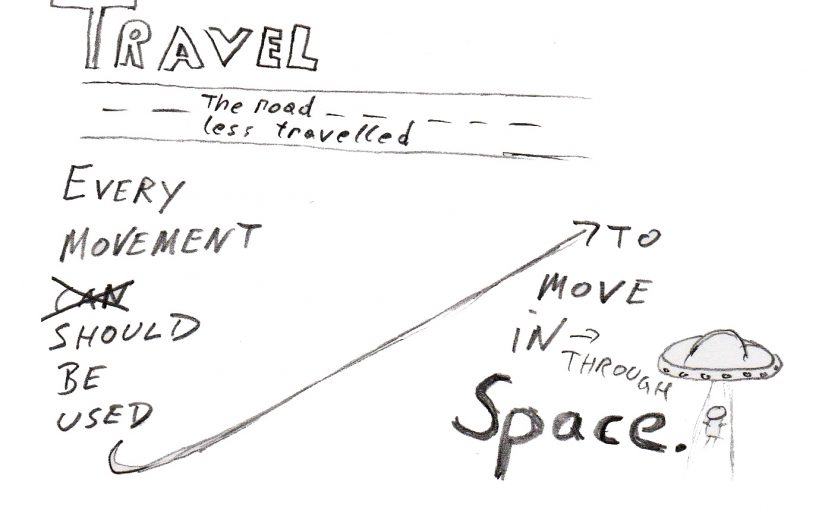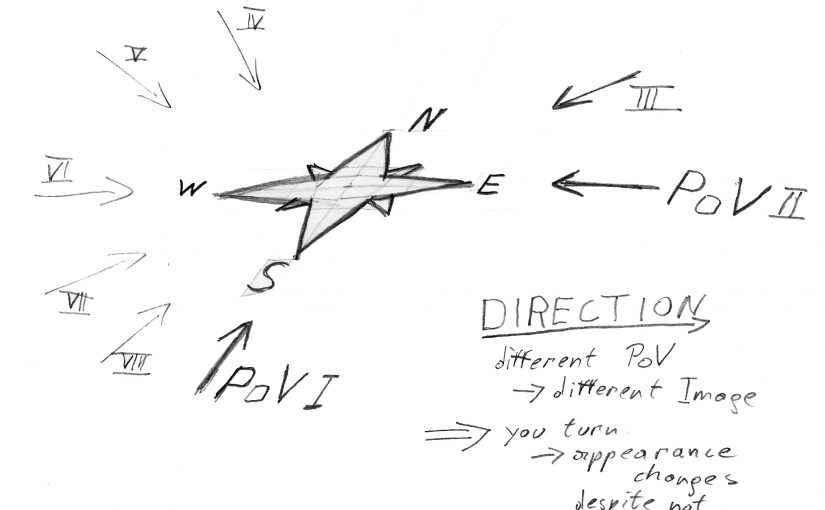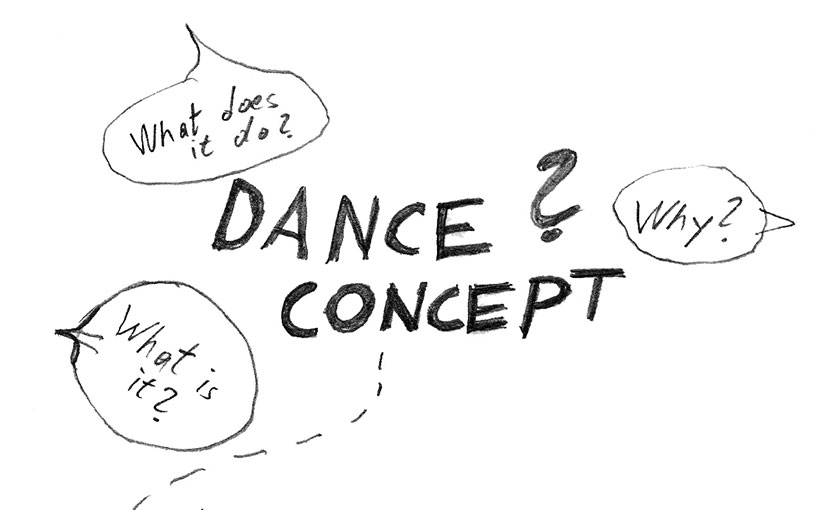Using the space that is available for your dance is one of the most widespread concepts out there. What it means is that you consciously work with the space that surrounds you.
This can be as easy as trying to remain stationary or being everywhere in the space at some time during your dance or as difficult as following a predefined path with a set speed or chasing an opposing dancer in a battle.
Using a lot of space in your rounds results in a more dynamic look compared to being stationary. In a performance setting you can guide the audience towards important things in your performance by strategically changing place to let them know about a change in your story.
To get started with conquering the space around you pay attention if you favor stationary movement or moving through the space. Try to find a balance with those two and try to move in directions that you don’t use normally.
A simple exercise to improve your movement is to mark a path or form on the floor and try what you can do with your dance by following it. I will give you more complex instruction on this concept in the future and some additional exercises in the newsletter. For now, try the “follow the path” exercise to get used to using the space for a specific task.



